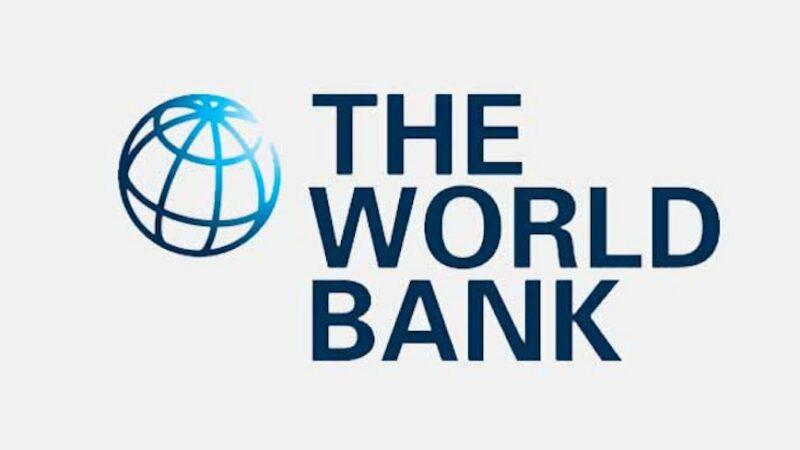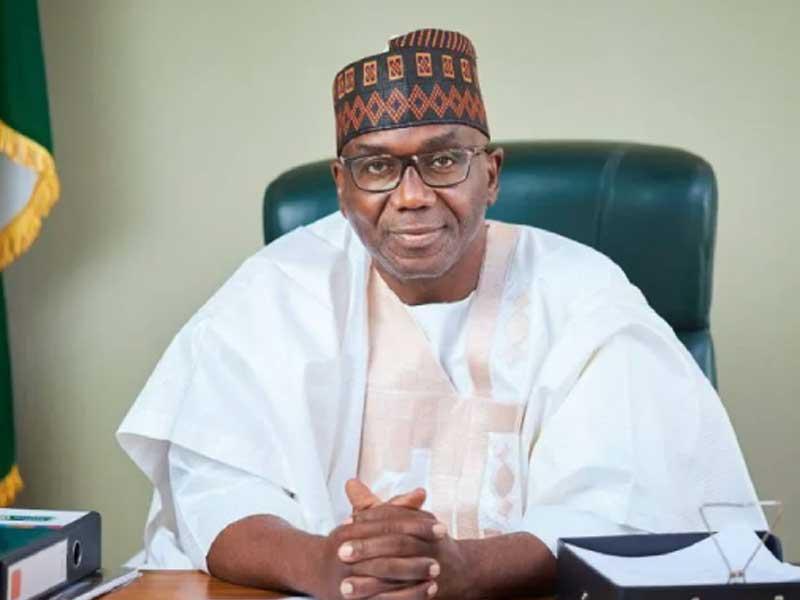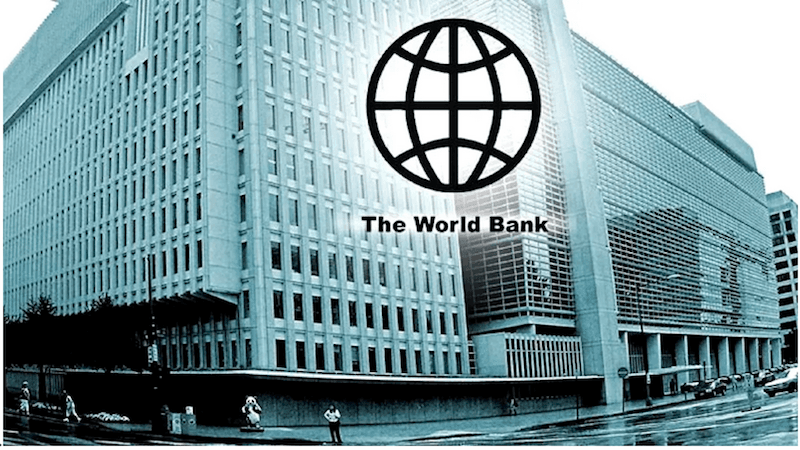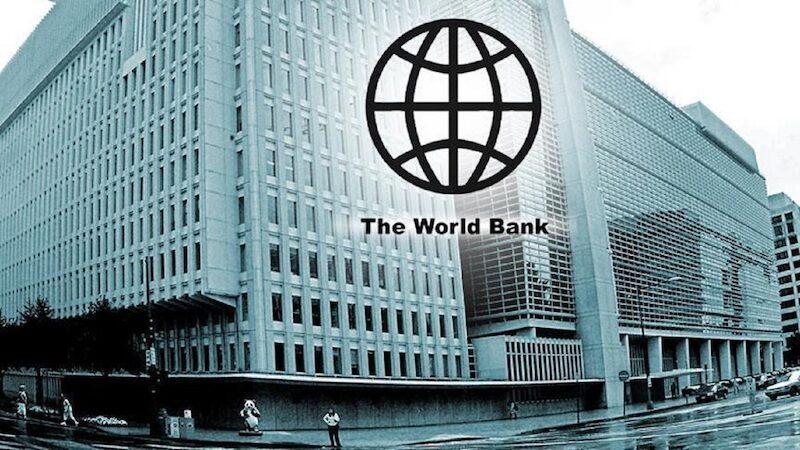Ndubuisi Francis in Abuja
The World Bank has predicted that West Africa’s biggest economy, Nigeria would grow at 3.3 per cent this year, below its long-term average.
Also, it forecasted that economies in Sub-Saharan Africa would post a growth rate of 3.4 per cent and 3.8 per cent in 2024 and 2025 respectively, although not enough to lower the level of poverty on the continent.
According to the Bank’s latest Africa’s Pulse report, growth would rebound in 2024, rising from a low of 2.6 per cent in 2023 to 3.4 per cent in 2024, and 3.8 per cent in 2025.
South Africa’s growth rate was projected to double in 2024, but just to 1.2 per cent, while Angola’s was set to pick up to 2.8 per cent from 0.8 per cent last year, driven mainly by the non-oil sector amid falling oil production
In contrast, the East African Community region was expected to grow 5.3 per cent this year, due to strong growth in Kenya, Rwanda, Uganda and the Democratic Republic of Congo.
Zambia defaulted on its external debt in 2020, followed by Ghana in 2022 and Ethiopia late last year.
The Africa Pulse report underscored the fact that many countries in Sub-Saharan Africa were hit hard by the shocks of COVID-19 and Russia’s war in Ukraine, which pushed up inflation at the same time as rising global interest rates made borrowing prohibitively expensive while drought and conflict have also affected swathes of the region.
“Growth is set to bounce back in Sub-Saharan Africa but the recovery is still fragile.
“Per capita GDP growth of 1 per cent is associated with a reduction in the extreme poverty rate of only about 1 percent in the region, compared to 2.5 per cent on average in the rest of the world
“In a context of constrained government budgets, faster poverty reduction will not be achieved through fiscal policy alone. It needs to be supported by policies that expand the productive capacity of the private sector to create more and better jobs for all segments of society,” said World Bank Chief Economist for Africa, Andrew Dabalen.
While noting the economic recovery in the region, the report stated that the recovery remains tenuous.
Just as inflation is cooling across most economies, falling from a median of 7.1 to 5.1 per cent in 2024, it remains high compared to pre-COVID-19 pandemic levels.
Also, while growth of public debt is slowing, more than half of African governments grapple with external liquidity problems, and face unsustainable debt burdens.
Overall, the report explained that despite the projected boost in growth, the pace of economic expansion in the region remains below the growth rate of the previous decade (2000-2014) and was insufficient to have a significant effect on poverty reduction.
Moreover, due to multiple factors, including structural inequality, economic growth reduces poverty in Sub-Saharan Africa less than in other regions.
Sub-Saharan Africa’s public debt-to-GDP ratio was forecast to fall from 61 per cent in 2023 to 57 per cent this year, but more than half of countries are still in or at high risk of debt distress, the report stated.
While increased private consumption and declining inflation are supporting an economic rebound in Sub-Saharan Africa, however, the report observed that the recovery remains fragile due to uncertain global economic conditions, growing debt service obligations, frequent natural disasters, escalating conflict and violence.
It called for transformative policies to address deep-rooted inequality to sustain long-term growth and effectively reduce poverty.
The report further explained that external resources to meet gross financing needs of African governments are shrinking and those available are costlier than they were prior to the COVID-19 pandemic.
Political instability and geopolitical tensions weigh on economic activity and may constrain access to food for an estimated 105 million people at risk of food insecurity due to conflict and climate shocks, it added.
Noting that African governments’ fiscal positions remain vulnerable to global economic disruptions, necessitating policy actions to build buffers to prevent or cope with future shocks, it stressed that inequality in Sub-Saharan Africa remains one of the highest in the world, second only to the Latin America and Caribbean region, as measured by the region’s average Gini coefficient.





